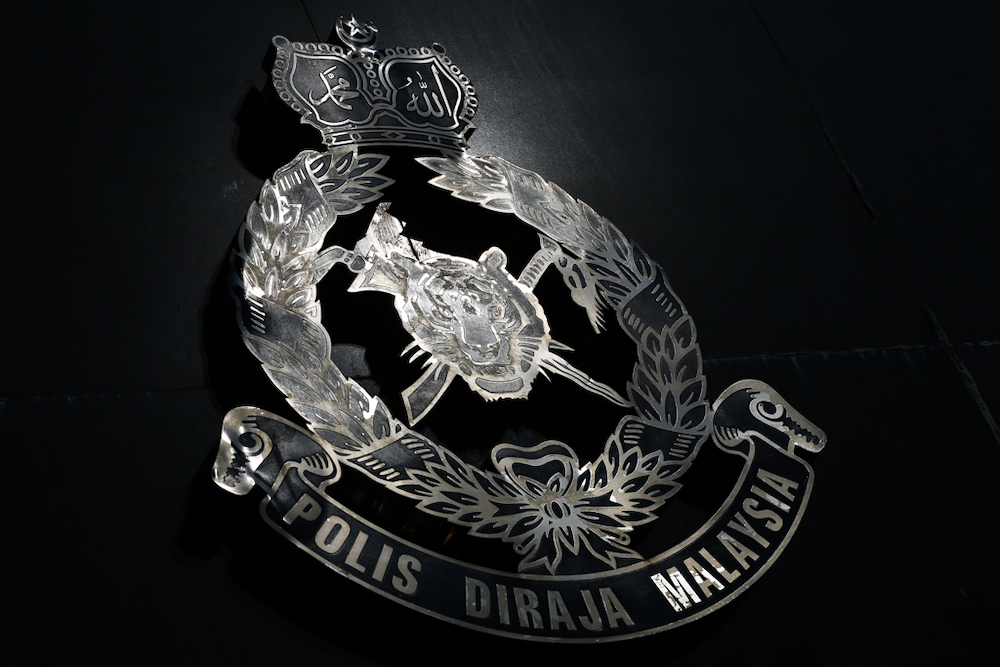ADVERTISE HERE
In the traditionally male-dominated sport of powerlifting, there is a growing number of female athletes. While taboos and myths may discourage them, many women are not deterred from pursuing success in the sport.
Crossing the Limits
This is the final part of a two-part series on women in powerlifting.
There is exponential growth in female powerlifters, both nationally and across Sarawak. Although powerlifting was traditionally a male-dominated sport, women have increasingly crossed boundaries and pushed their limits.
Notable names such as Amirah Nursaida, Kathryn Chong, Khoo Sheue Yee, Lee Sue Qing, and Sarawak’s very own Abrienda Chan have been making their mark in the sport.
The President of the national governing body, the Malaysia Association of Powerlifting (MAP), Dato’ Dayalan Jeevan, shared that over the past decades, the perception of female powerlifters has evolved significantly.
“Initially, there was a stigma that powerlifting and similar strength sports were male-only activities, with misconceptions about women becoming too muscular or losing their femininity. However, as more women began training and competing in powerlifting, these stereotypes began to fade,” he said.
Among the athletes, Dayalan noted that female powerlifters have shattered barriers and proven that strength knows no gender.
 Dayalan
Dayalan
“They have demonstrated that dedication, hard work, and passion for the sport are what truly matter, regardless of age, race, size, or gender. We have female athletes as young as 16 and 17, and some even in their 60s.”
To further encourage women’s participation in the sport, Dayalan revealed that more than 30 per cent of MAP’s executive committee are female representatives. Additionally, 30 per cent of the national team consists of female athletes.
Established in 2017, MAP is affiliated with the International Powerlifting Federation (IPF). In September, MAP will host a grassroots development programme specifically for female lifters to encourage increased participation in the sport.
Bright future for female lifters
As the powerlifting industry grows, there is a bright future for female powerlifters to nurture their skills in the sport, according to Sarawak Powerlifting Association (SPA) President Mohammad Nasrul Faiz.
A powerlifting coach, Faiz noted that the number of female lifters in Sarawak is increasing.
 Faiz
Faiz“The numbers between males and females are quite close, and I believe more females will join in the future. There has definitely been a surge in numbers, especially after the general population learned about the importance of strength training.
“Furthermore, people are generally more accepting of female athletes in strength sports such as strongman, arm wrestling, CrossFit, weightlifting, and powerlifting.”
He also highlighted that success in powerlifting is not limited by gender, noting that female lifters can achieve the same level of success as their male counterparts. Faiz emphasised the global popularity of female powerlifters, pointing out the strong international following and large number of spectators worldwide.
“As a coach, I have taught numerous female lifters. To me, the unique strengths they bring to the sport are extremely inclusive. Females can be as strong as, or stronger than, males. Seeing them work is an eye-opener,” he commended.
Fighting the myths in powerlifting
There is no difference in training regimes between males and females, Faiz revealed. Female lifters are generally trained in the same way as their male counterparts. However, they often face side-eyes from their peers.
“The real problem they face is acceptance. Most of the time, they are judged differently by their peers because they’re doing something different.”
 Nicole Lee Shu Wei (U52kg Female Open)
Nicole Lee Shu Wei (U52kg Female Open) Amirah Nursaidah (U63kg Female Open)
Amirah Nursaidah (U63kg Female Open) Atika Sikun, first Malaysian female IPF international referee.
Atika Sikun, first Malaysian female IPF international referee. Additionally, women lifters are frequently judged based on their physical appearance.
Apart from these, myths surrounding female lifters persist. Common misconceptions include claims like “don’t lift too heavy or you’ll lose the ability to give birth” or “lifting heavy will injure you”. Faiz assured that with proper training, the risk of injuries can be minimised.
Nonetheless, injuries are inevitable in any sport, whether it is badminton, running, or gymnastics, he said. The risk is a natural part of athletic activity.
Breaking boundaries
Most recently, the National Powerlifting Championship concluded with Sarawak emerging as the overall champion. Faiz attributed a significant portion of the gold medals won to female lifters, saying that Sarawak would not have secured the overall win without their contributions.
“We must also recognise the male lifters, especially those in the sub-junior and junior categories, who also played a crucial role in the championship. Overall, I’m extremely happy and proud of every Sarawakian athlete who competed during the three-day event.”
 Sarawakian Abrienda Chan
Sarawakian Abrienda Chan Natalia, from Miri, +84 gold medallist.
Natalia, from Miri, +84 gold medallist. Audrey Ling, Masters overall winner and gold medallist in the U47 category.
Audrey Ling, Masters overall winner and gold medallist in the U47 category.Faiz also commended Abrienda for being the first Sarawakian female sub-junior athlete chosen to represent Malaysia in Malta. Meanwhile, Stephanie Ensol was the first Sarawakian female lifter to compete in the world championship.
Overall, women in the powerlifting sport thrive equally as their counterparts when given the chance to do so. The rise of females in the powerlifting community of Malaysia, particularly in Sarawak, marks a significant shift in the traditionally male-dominated sport.
The growing numbers, achievements, and contributions underscore the fact that strength and success in powerlifting are not bound by gender. As the sport continues to evolve, the future looks promising for female powerlifters, who are now recognised and celebrated as equals in the pursuit of excellence.
 Husnul Khatimah, Master 1 U69 category gold medallist.
Husnul Khatimah, Master 1 U69 category gold medallist. Jachinta, Junior U69 category gold medallist.
Jachinta, Junior U69 category gold medallist.








 English (US) ·
English (US) ·